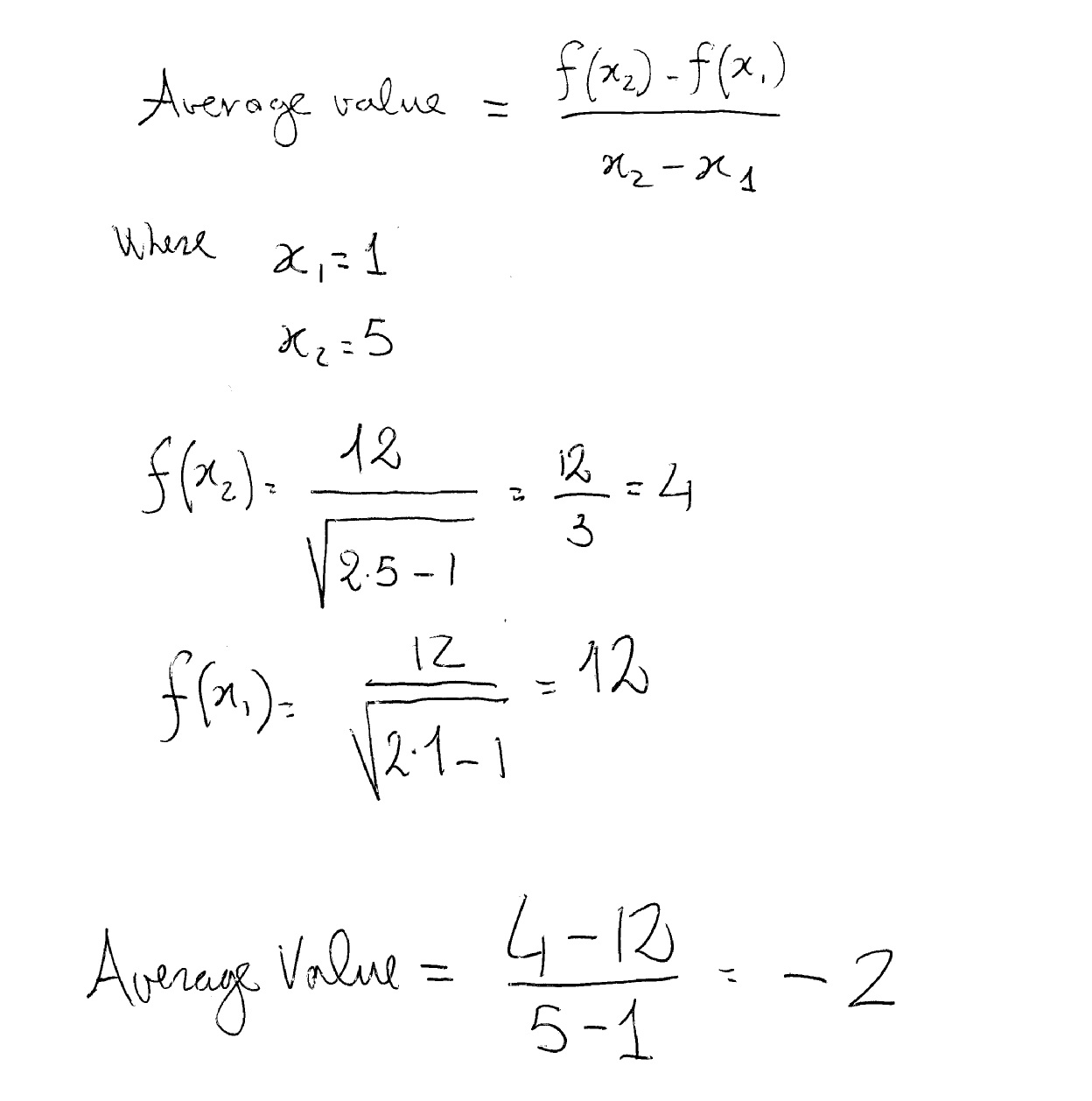How To Find Average Value Of A Function
How To Find Average Value Of A Function. For example, if the range a1:a20 contains numbers, the formula =average(a1:a20) returns the average of those numbers. These numbers are stored in the num[] array.

And, the sum of each entered element is computed. The formula we use to find the average value of a function f ( x) f (x) f ( x) over the interval [ a, b] [a,b] [ a, b] is. The most universally accepted average is the arithmetic mean, and excel uses the average function to find it.
The Formula We Use To Find The Average Value Of A Function F ( X) F (X) F ( X) Over The Interval [ A, B] [A,B] [ A, B] Is.
U = 1 − cos ( 2 z) u = 1 − cos ( 2 z) here is the average value of this function, r a v g = 1 π − ( − π) ∫ π − π sin ( 2 z) e 1 − cos ( 2 z) d z = 1 4 π e 1 − cos ( 2 z) ∣ ∣ ∣ π − π = 0 r a v g = 1 π − ( − π) ∫ − π π sin ( 2 z) e 1 − cos ( 2 z) d z = 1 4 π e 1 − cos ( 2 z) | − π π = 0. 9.4 average value of a function. The average value of a function over an interval is given by the integral of the func.
Find The Average Value Of The Function.
👉 learn how to find the average value of a function using integration. Divide step 1 by the number of items in your set (9): How do we find the average of a set of numbers?
For Example, If The Range A1:A20 Contains Numbers, The Formula =Average(A1:A20) Returns The Average Of Those Numbers.
9.4 average value of a function. The average value of the function y = f(x) from x = a to x = b is given by: 2450 / 9 = 271.11
Then The Average Value Of | F | In [ A, B] Is.
The mean value theorem for definite integrals. Let y = f ( x) be a continuous function on the closed interval [. * (2 + 4 + 6) = 12.
The Most Universally Accepted Average Is The Arithmetic Mean, And Excel Uses The Average Function To Find It.
210 + 230 + 240 + 260 + 280 + 290 + 300 + 300 + 330 = 2450; But let’s say you don’t want to take the average of all values, but only some specific ones. ∫ f + f ( x) d x + ∫ f − − f ( x) d x b − a.
Post a Comment for "How To Find Average Value Of A Function"